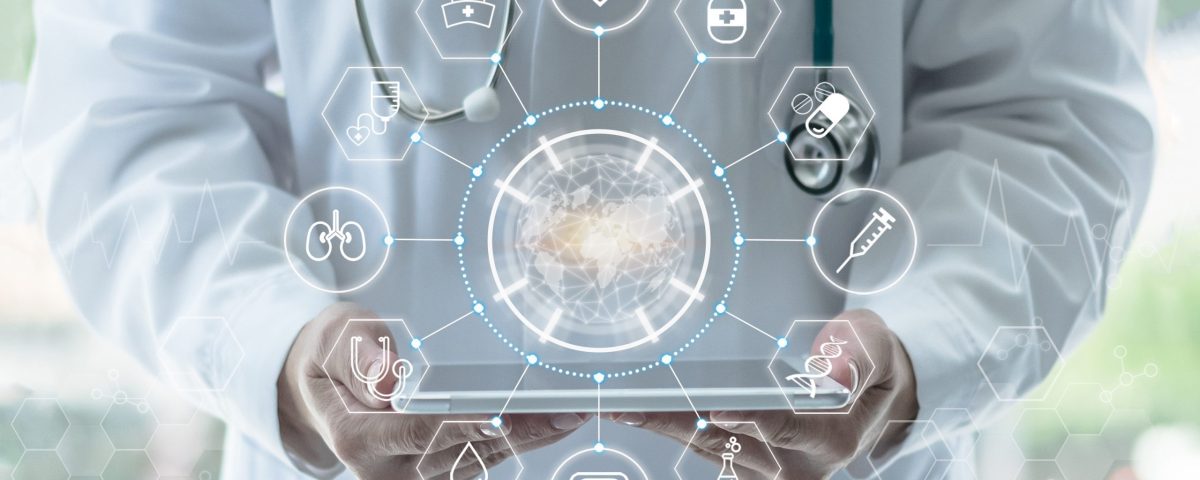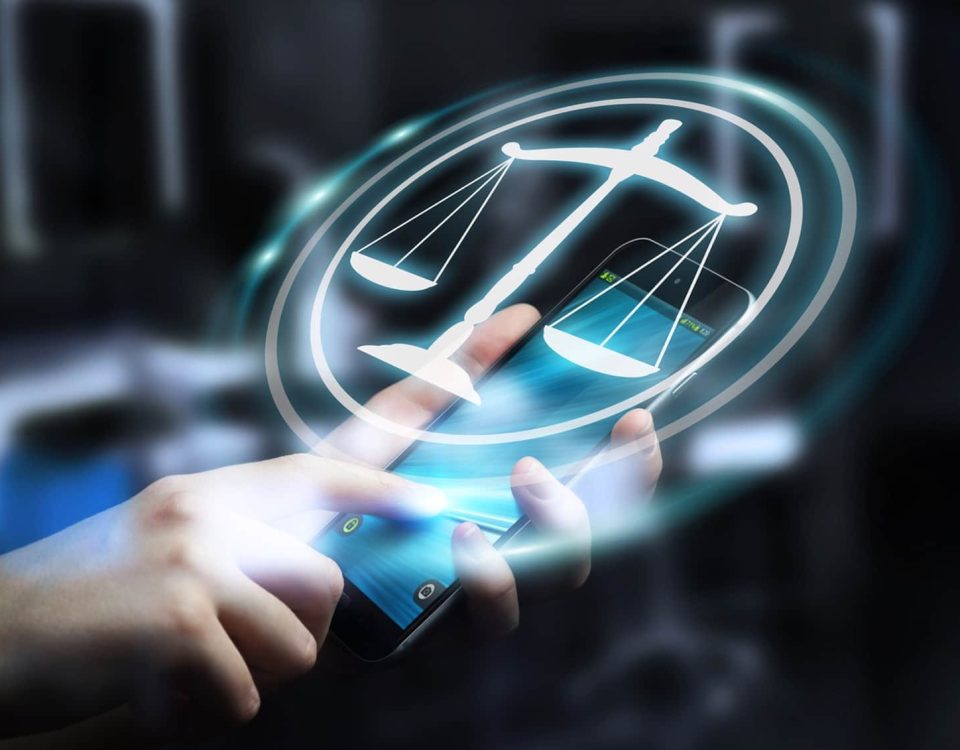
6 Top Open-Source OCR Tools: An Honest Review
September 5, 2023
A Brief History of OCR: From Early Concepts to Modern Applications
September 7, 2023In the rapidly evolving landscape of healthcare, technology plays a pivotal role in enhancing efficiency, accuracy, and patient care. One such technology that has been revolutionizing the healthcare industry is Optical Character Recognition (OCR). With over a decade of experience in this field, we delve into the significant impact OCR integration has had on healthcare operations, focusing on its role in optimizing medical records, claims processing, and prescription management.
Streamlining Medical Records Management
Managing vast volumes of medical records is a fundamental aspect of healthcare. Traditional paper-based records are not only cumbersome but also prone to human errors and inefficiencies. OCR technology, however, offers a game-changing solution. By converting handwritten or printed text into machine-readable digital data, OCR simplifies the process of digitizing and archiving patient records.
Enhanced Accuracy: OCR eliminates the risk of manual data entry errors, ensuring that patient information remains accurate and up-to-date. This enhanced accuracy reduces the likelihood of misdiagnoses and medical errors, ultimately improving patient outcomes.
Efficient Retrieval: Digital records are easily searchable, enabling healthcare professionals to access patient information swiftly. This efficiency streamlines clinical decision-making, saving valuable time in emergency situations.
Accelerating Claims Processing
The healthcare industry grapples with a complex web of insurance claims, a process that demands precision and timeliness. OCR’s integration into claims processing has been instrumental in expediting this critical function.
Automated Data Extraction: OCR can swiftly extract and interpret data from insurance claims forms, eliminating the need for manual data entry. This automation reduces processing time and minimizes errors, leading to faster claims approval.
Reduced Administrative Overheads: With OCR handling data extraction, healthcare organizations can allocate their human resources to more strategic tasks, reducing administrative costs and improving overall operational efficiency.
Managing Prescriptions Securely
Prescription management is another area where OCR has made significant inroads. The accurate processing of prescriptions is vital for patient safety and the prevention of medication errors.
Prescription Recognition: OCR technology can accurately recognize and process handwritten prescriptions, ensuring that pharmacists receive clear and legible orders. This reduces the chances of dispensing the wrong medication or dosage.
Enhanced Medication Safety: By providing healthcare professionals with a digital record of prescriptions, OCR contributes to a comprehensive medication history. This history helps in avoiding adverse drug interactions and allergies, promoting patient safety.
Benefits of Improved Accuracy and Efficiency
The integration of OCR technology into healthcare operations offers a multitude of benefits beyond streamlining specific tasks. These advantages have a ripple effect across the entire healthcare ecosystem.
Patient-Centric Care: The increased accuracy and efficiency brought about by OCR allow healthcare providers to focus more on patient care. Reduced administrative burdens mean more time spent with patients, leading to a higher quality of care.
Cost Savings: Fewer errors translate into reduced costs associated with malpractice claims and rework. Additionally, the efficient handling of administrative tasks leads to significant cost savings.
Improved Compliance: With OCR ensuring that data is consistently captured and stored, healthcare organizations find it easier to comply with data protection regulations, such as HIPAA in the United States and GDPR in Europe.
Addressing Data Security and Compliance Challenges
While OCR integration offers immense benefits, it also introduces challenges, particularly in terms of data security and compliance.
Data Security: As healthcare data becomes more digitized, it becomes vulnerable to cyber threats. Protecting patient information from unauthorized access and breaches becomes paramount. Robust encryption and access controls are essential to mitigate these risks.
Compliance Requirements: The healthcare industry is heavily regulated, with strict compliance requirements. OCR technology should adhere to these regulations, ensuring that patient privacy and data security are not compromised.
In conclusion, OCR integration has revolutionized healthcare operations, enhancing accuracy, efficiency, and patient care. While the benefits are substantial, healthcare organizations must remain vigilant in addressing data security and compliance challenges. With continuous advancements in OCR technology and a commitment to best practices, the healthcare industry can continue to leverage OCR to transform and optimize its operations, ultimately improving patient outcomes and experiences.


